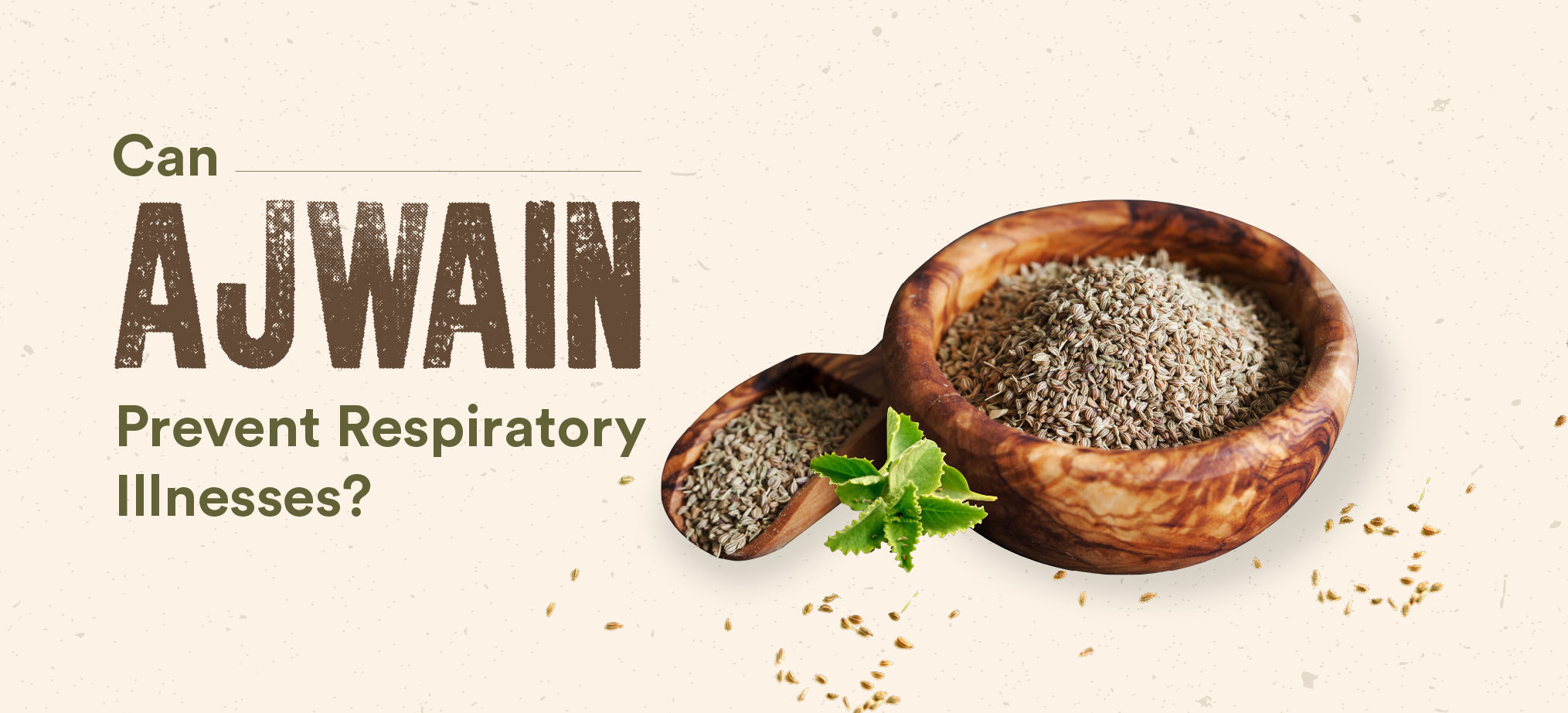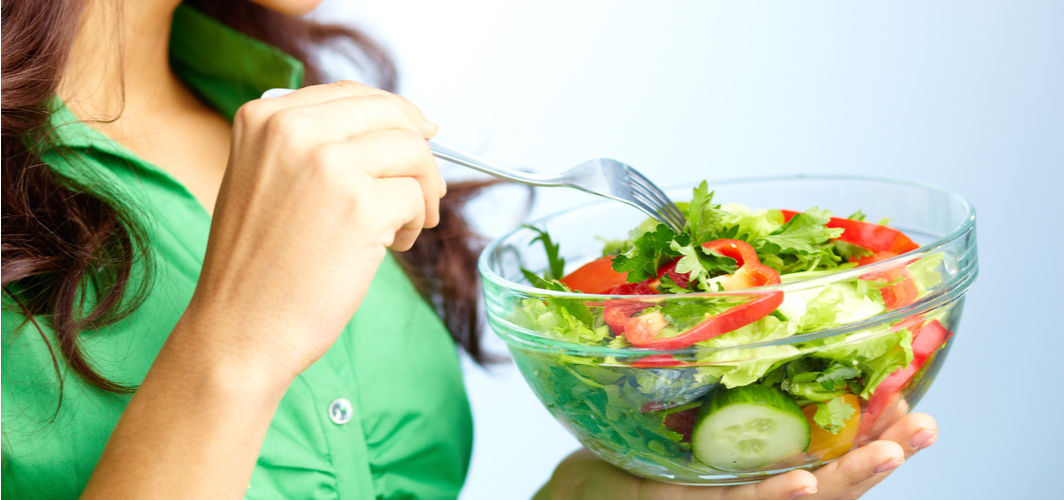General Health
How Is Shingles Different From Chickenpox?
5 min read
By Apollo Pharmacy, Published on - 06 September 2023
Share this article
0
0 like

Shingles and chickenpox are both caused by the varicella-zoster virus, but they have distinct characteristics and present differently. Understanding these differences can help individuals take appropriate precautions and seek timely medical intervention when necessary. In this blog post, we will delve deeper into the distinctions between shingles and chickenpox, equipping you with a clear understanding of these related yet distinct conditions.
What is Varicella-Zoster Virus?
The varicella-zoster virus is responsible for causing chickenpox. It spreads from one person to another through direct contact with the fluid from chickenpox blisters or by inhaling respiratory droplets from an infected person. Chickenpox is highly contagious, and individuals who have not been vaccinated or previously infected are at risk of contracting the virus.
After the initial infection, the virus remains dormant in nerve tissue near the spinal cord and brain. Years later, it can reactivate and cause shingles, which is characterised by a painful rash that usually appears on one side of the body. The rash typically develops into clusters of blisters that crust over within 7-10 days.
Symptoms of Chickenpox and Shingles
|
Chickenpox |
Shingles |
|
|
Incubation period |
Approximately 10 to 21 days, which is the time between exposure to the virus and the onset of symptoms. |
The virus remains dormant in the nerve tissues after chickenpox, which can reactivated years later. |
|
Early symptoms |
|
Burning, tingling, or numbing sensation in one side of the body. |
|
Characteristics of rash |
|
|
|
Other symptoms |
|
|
Complications and Risks
High-risk groups including infants, adolescents, adults, pregnant women, and individuals with weakened immune systems can experience severe infection if they get exposed to the varicella-zoster virus. Besides this, some complications associated with Shingles and Chickenpox include:
|
Chickenpox |
Shingles |
|
|
Diagnosis and Treatment
Chickenpox and Shingles are diagnosed with the help of various clinical examinations and laboratory tests. Furthermore, the treatment includes antiviral medications and symptomatic relief measures.
|
Chickenpox |
Shingles |
|
|
Diagnosis |
Clinical examination and observation of the rashes across the body. |
Clinical examination and observation of rash on one side of the body. |
|
In some cases, laboratory tests such as polymerase chain reaction (PCR) may be performed to confirm the diagnosis of chickenpox. |
Laboratory tests such as viral culture or polymerase chain reaction (PCR) can be performed to identify the presence of the varicella-zoster virus. |
|
|
Treatment |
Symptomatic relief with antipyretics to reduce fever and antihistamines to relieve itching. |
Antiviral medications are prescribed to speed up the healing process and alleviate pain. |
|
In severe cases or high-risk individuals, antiviral medication may be prescribed to shorten the duration of the illness and reduce complications. |
These medications typically work best when started within 72 hours of the rash appearing. |
Prevention
|
Chickenpox |
Shingles |
|
|
Vaccination for the disease |
|
|
|
Vaccination schedule |
|
|
Quick Review
|
Symptoms |
Itchy red spots, fever, fatigue |
Painful rash, tingling, nerve discomfort |
|
Presentation |
Generalised rash |
Localised rash along nerve pathways |
|
Complications |
Secondary infections, pneumonia |
Postherpetic neuralgia, skin infections |
|
Diagnosis |
Clinical observation, lab tests |
Clinical exam, medical history, lab tests |
|
Treatment |
Symptomatic relief, antiviral meds |
Antiviral drugs, pain management |
|
Prevention |
Vaccination, exposure avoidance |
Reducing risk factors, vaccination |
Takeaway
In conclusion, shingles and chickenpox are two distinct viral infections caused by the same virus, the varicella-zoster virus. While they share similarities, there are important differences between the two conditions that individuals should be aware of. Understanding the differences between shingles and chickenpox is crucial for proper management, treatment, and prevention of these conditions. If you suspect you have either condition or need vaccination, it's important to seek medical advice. Stay informed and take steps to protect yourself and others from these viral infections.
FAQs
Q. Can you get shingles if you've never had chickenpox?
No, shingles occurs in people who have previously had chickenpox. After a person recovers from chickenpox, the virus remains dormant in their nerve cells and can reactivate as shingles later in life.
Q. How do shingles and chickenpox symptoms compare?
Chickenpox usually presents with a widespread itchy rash, fever, and fatigue. Shingles, on the other hand, are characterised by a painful rash that typically affects only one side of the body or face.
Q. Can you catch shingles from someone with chickenpox?
You cannot catch shingles directly from someone with chickenpox. However, if you have never had chickenpox and come into contact with someone who has active shingles blisters, you could potentially contract chickenpox.
Q. Can you get shingles more than once?
While it is uncommon, it is possible to get shingles more than once. However, getting vaccinated can help reduce the risk of recurrence and lessen the severity of symptoms.
Q. Is there a vaccine to prevent shingles?
Yes, there is a vaccine available to protect against shingles. The Centers for Disease Control and Prevention recommends that adults aged 50 years and older receive the shingles vaccine.
General Health
Leave Comment
Recommended for you

General Health
6 Health Benefits Of Ajwain
Discover the diverse uses and benefits of Ajwain (carom seeds), while considering potential side effects. Make informed choices for your well-being.

General Health
Why Are Carbonated Beverages The Ultimate Health Villain? 5 Reasons Decoded
Excessive cola or soda consumption has been linked to diabetes, heart diseases, and weight gain. This article explains why drinking soda can be dangerous for you.

General Health
Chickenpox Diet: What To Eat And What Not To Eat
Discover a balanced Chickenpox diet. Learn which foods to include for a quicker recovery and which ones to avoid. Promote healing with proper nutrition.
Subscribe
Sign up for our free Health Library Daily Newsletter
Get doctor-approved health tips, news, and more.
Visual Stories

Plant-based Foods That Are a Great Source of Iron
Tap to continue exploring
Recommended for you

General Health
6 Health Benefits Of Ajwain
Discover the diverse uses and benefits of Ajwain (carom seeds), while considering potential side effects. Make informed choices for your well-being.

General Health
Why Are Carbonated Beverages The Ultimate Health Villain? 5 Reasons Decoded
Excessive cola or soda consumption has been linked to diabetes, heart diseases, and weight gain. This article explains why drinking soda can be dangerous for you.

General Health
Chickenpox Diet: What To Eat And What Not To Eat
Discover a balanced Chickenpox diet. Learn which foods to include for a quicker recovery and which ones to avoid. Promote healing with proper nutrition.